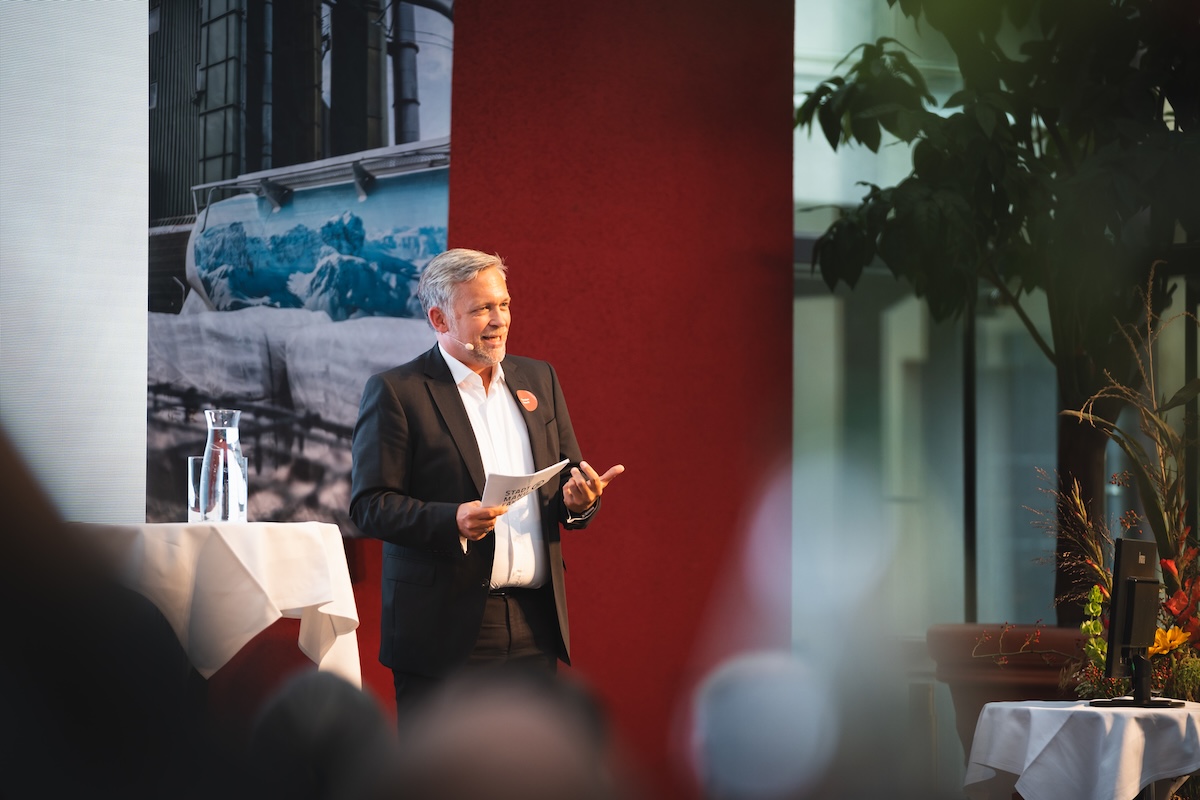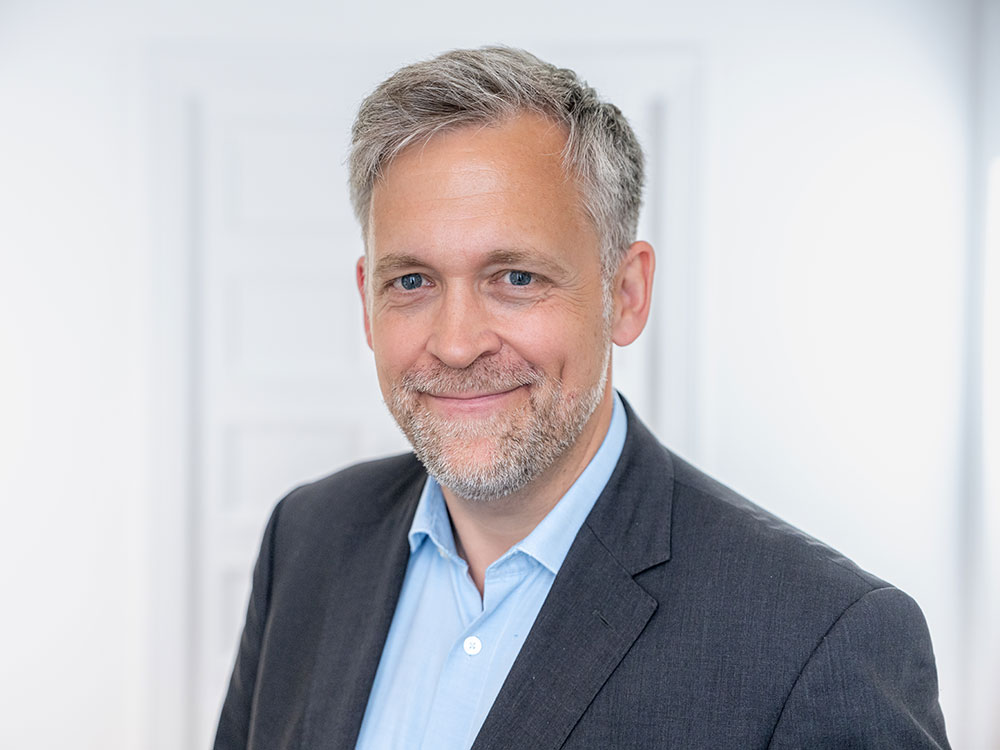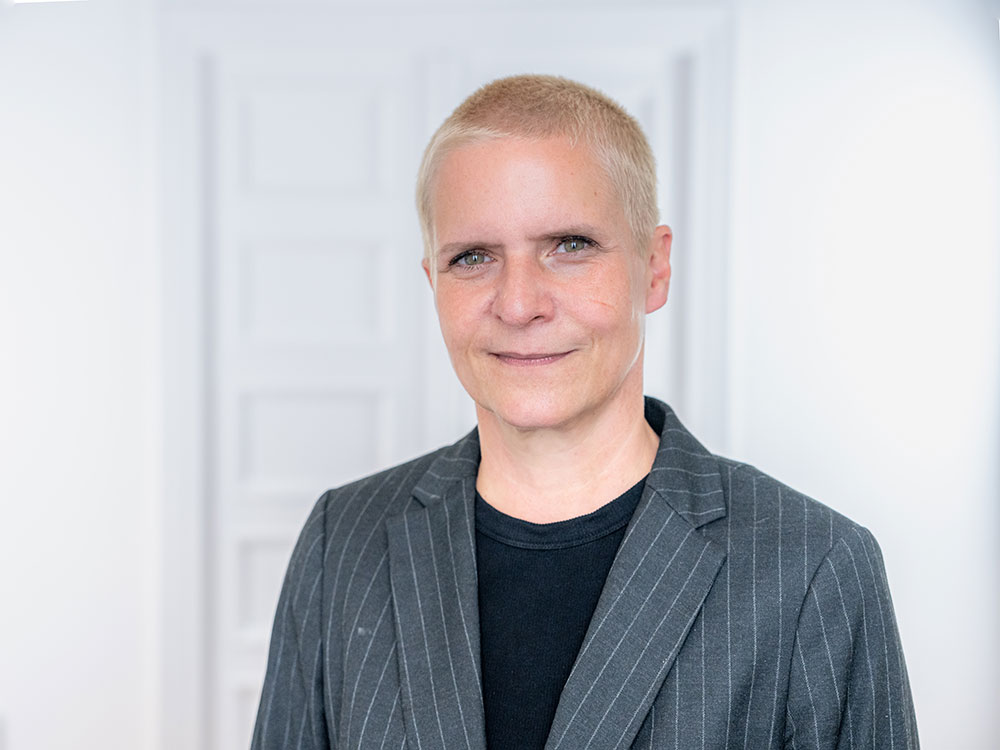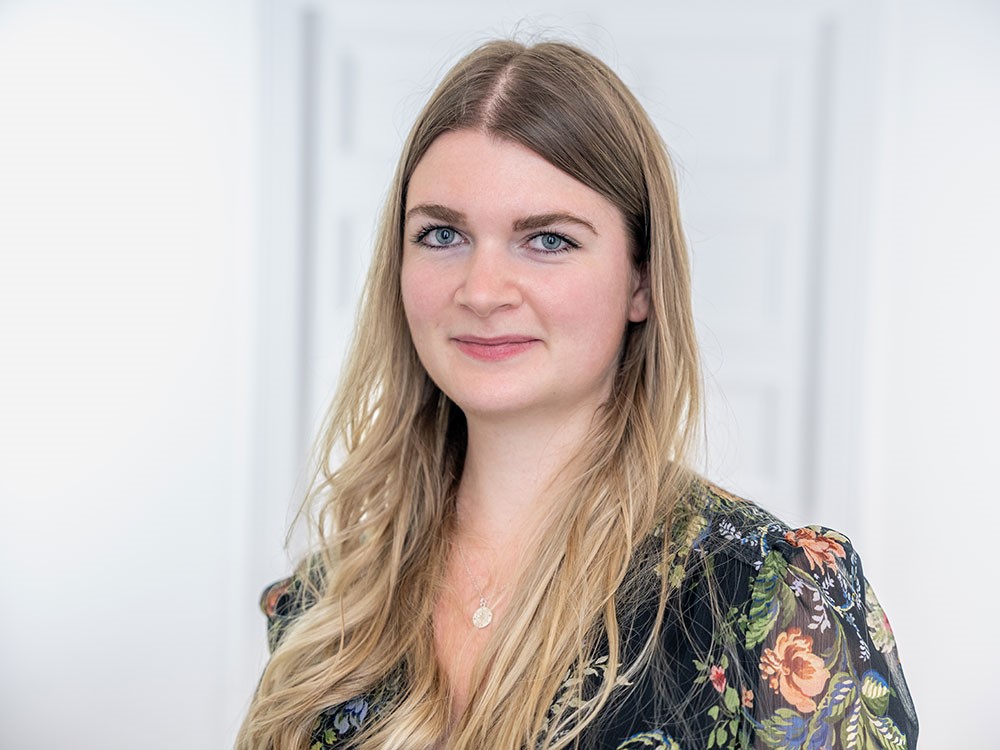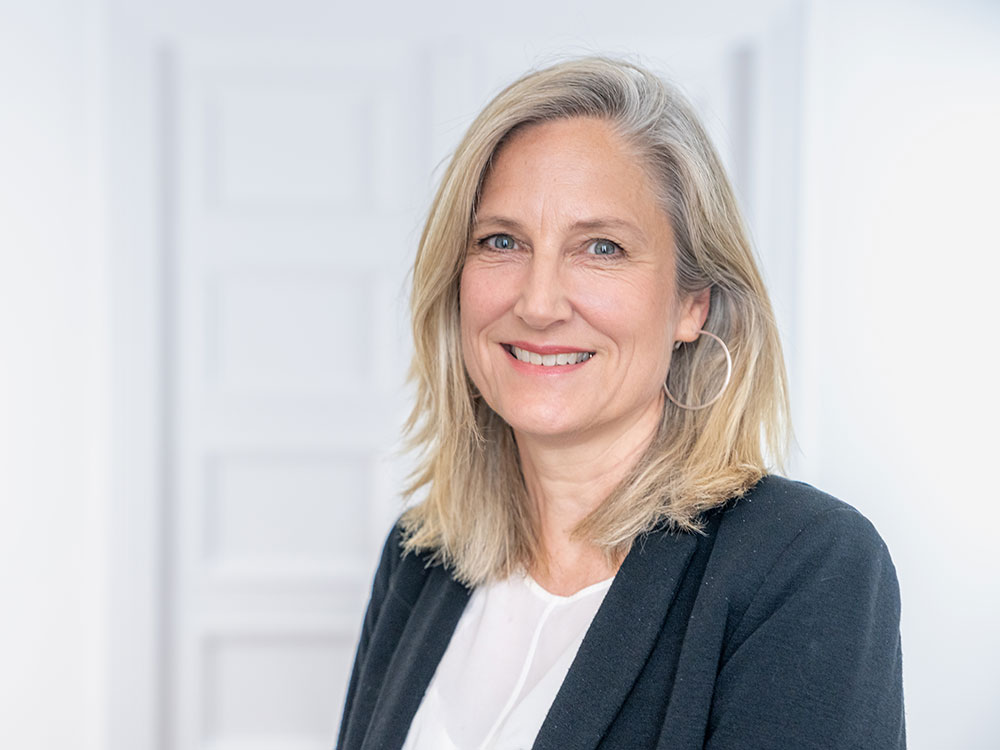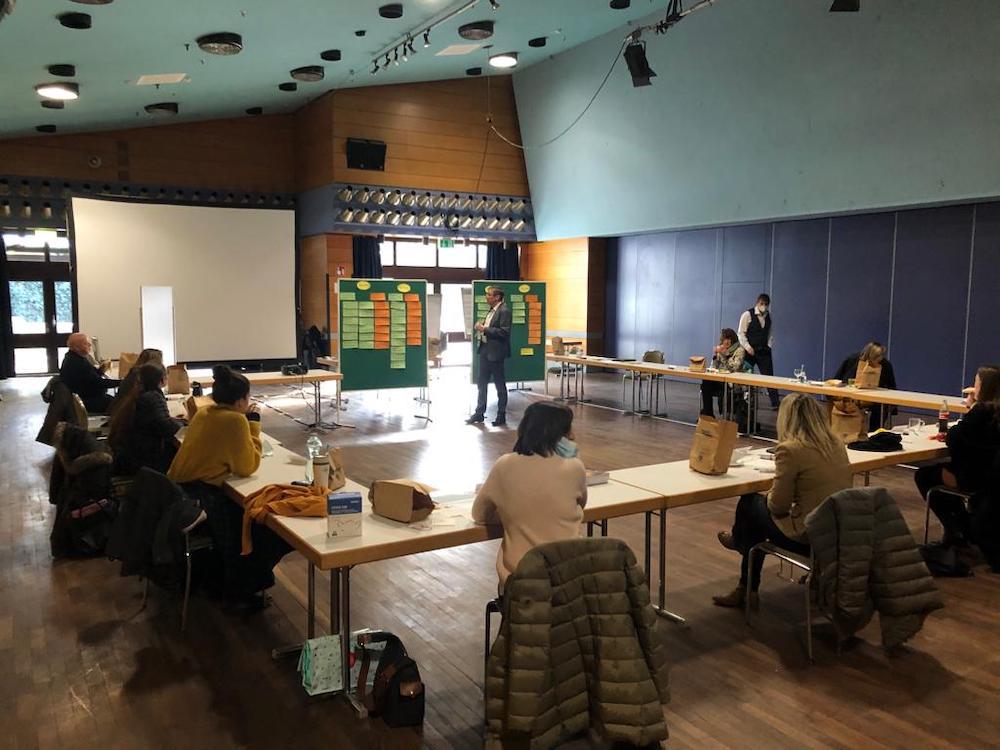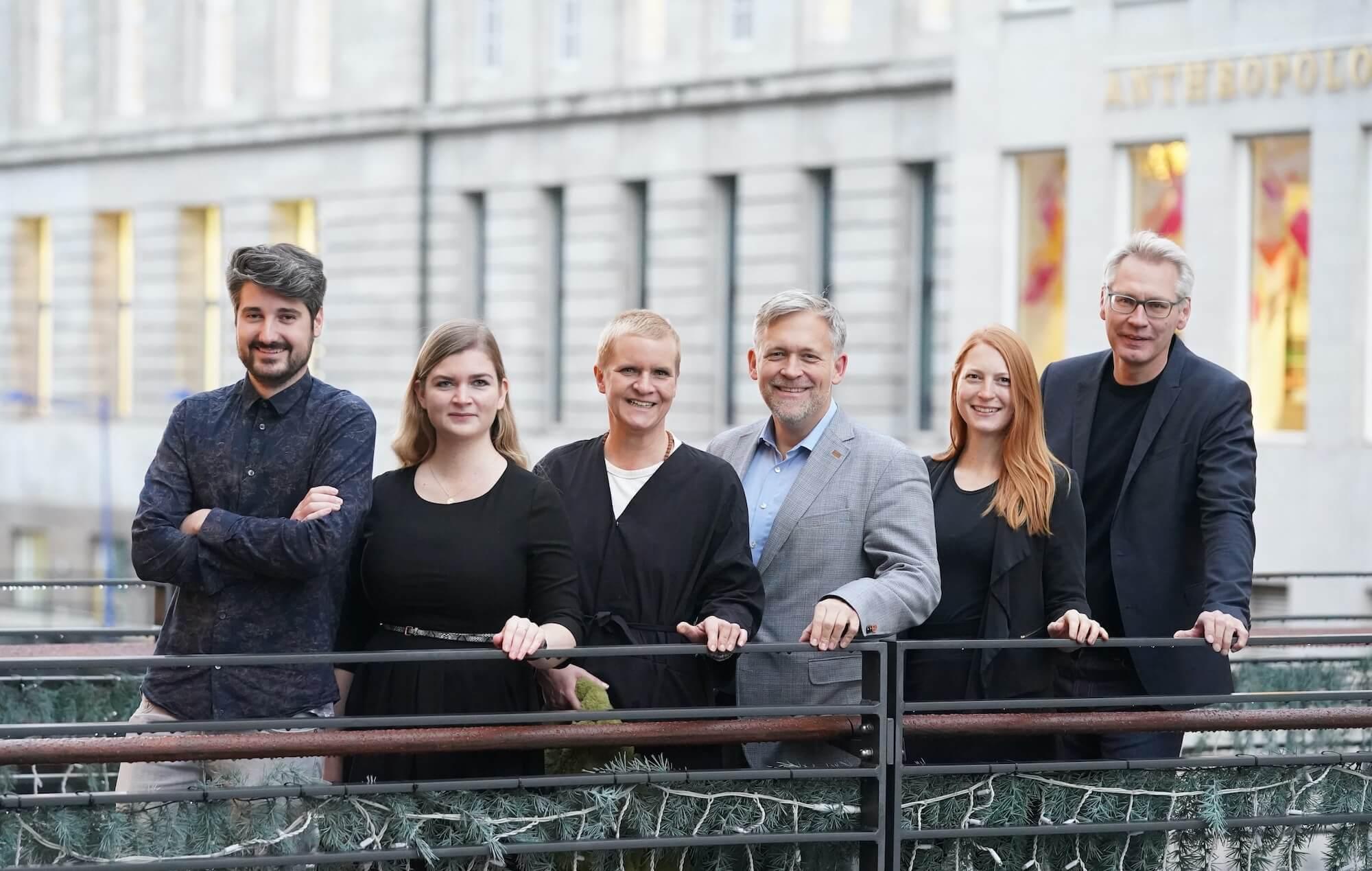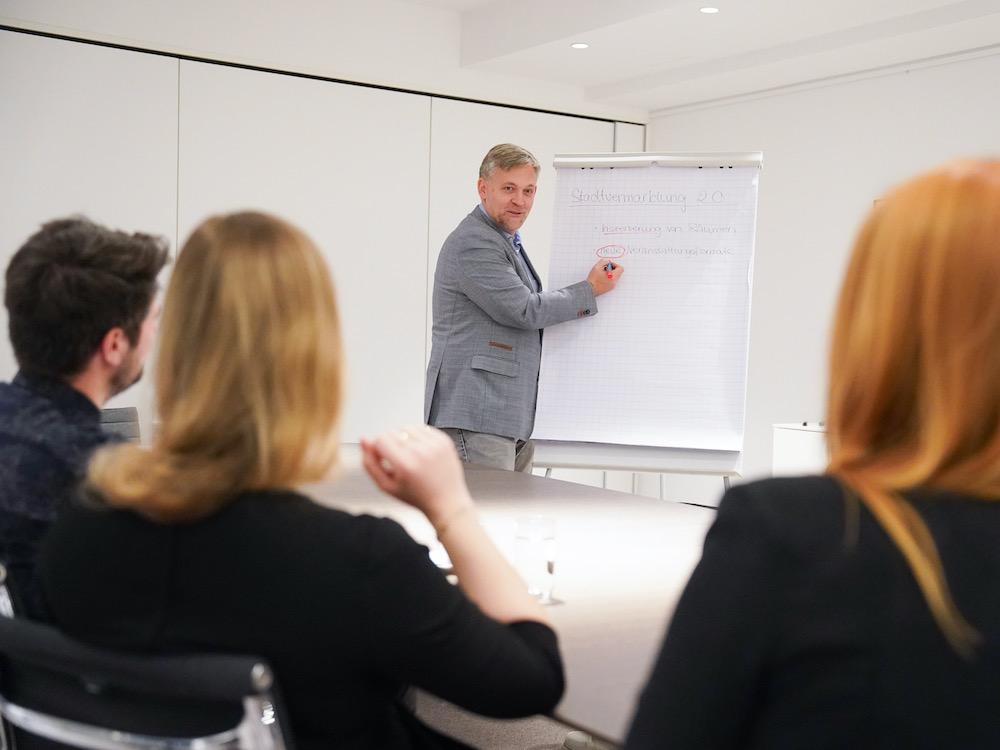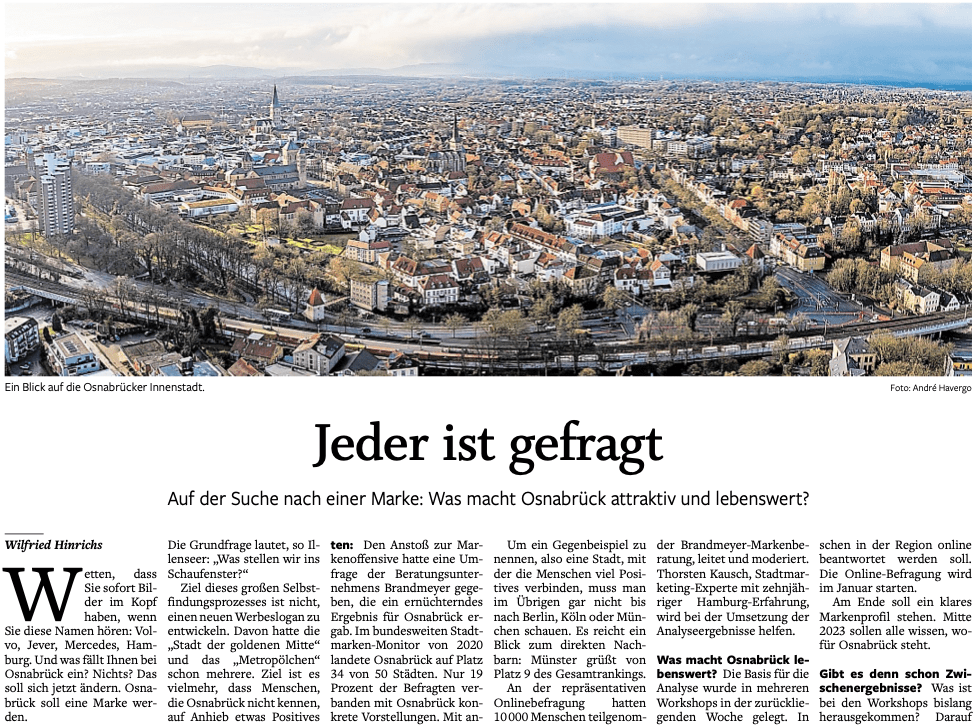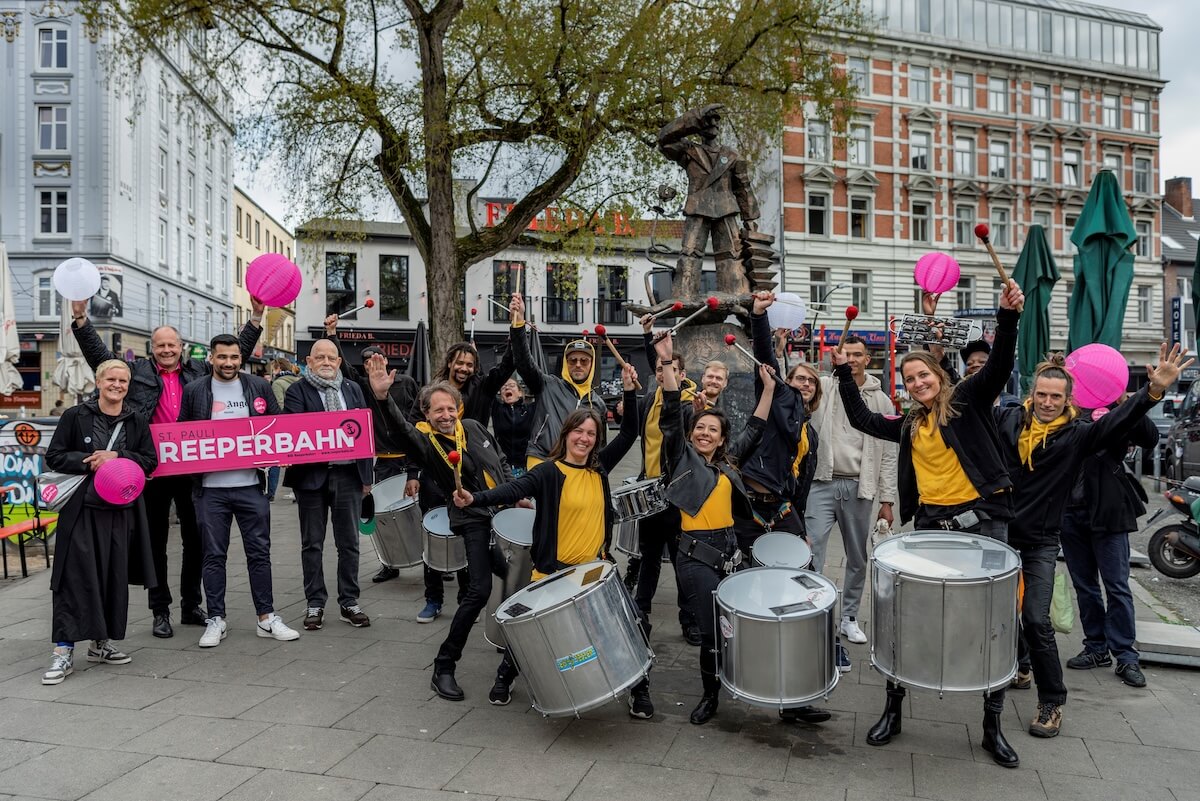CONTENT

The challenge of vacancies: what can cities do?
Galeria Karstadt Kaufhof, Gerry Weber, Vapiano, Esprit – the perennial issue of vacancies in German city centers is not only due to the disappearance of individual companies, but also to structural changes in the retail environment and economic trends. In other words, vacancies are often the result of a complex interplay of various factors.
The problem: vacant large properties can become real stumbling blocks for urban development. They have a negative impact on the cityscape and surroundings, attract undesirable activities and often slow down the (economic) development of a city center. But there are solutions that turn vacancies into opportunities.
It deserves recognition when cities rise to the challenge of giving vacant properties a new purpose – be it through support measures or by actively using them as tenants. The revitalization of large properties is a complex challenge that requires both specialist knowledge and creative solutions.
Abstract:
Sophie May explores how cities can find quick and targeted solutions for vacant large properties. And how large properties can become drivers of sustainable urban development through creative subsequent and interim use. Experiences from the development of (re-)use concepts for real estate in cities such as Hamburg, Reutlingen and Schwerte.
Getting active as a city: 4 strategies for dealing with vacancies in large properties
Sudden changes of opinion and shifting priorities: tips for dealing with the owner’s side
The revitalization of large properties is a complex process that is often hampered by unforeseen obstacles is overshadowed. One of the biggest risks is that owners may suddenly change their minds, jeopardizing project ideas. A carefully developed concept can be wiped out in an instant if owners’ priorities shift or new challenges arise.
To counter this risk, open and continuous communication with the owners is crucial. A deep understanding of their goals and concerns makes it possible to identify potential problems at an early stage and find solutions together. Flexibility and adaptability are essential in order to be able to react to sudden changes. Without losing sight of the overall goal.
Focus on local users: the power of community
One of the most important lessons learned from the revitalization of large properties is to focus on local users and their ideas. It is often the individual needs and wishes of the local urban community that best fill a property with life. Whether it’s creative companies, social initiatives or cultural events – the voices and ideas of local people are essential for the success of a property’s revitalization. Another advantage: participation and co-creation spread the conception and coordination effort over several shoulders.
Targeted involvement of the local urban community can create valuable partnerships that strengthen the project and make it successful in the long term. An open dialog and a willingness to respond to feedback create trust and foster a sense of connection with the property and its new use.
Coordination: The skill of juggling
The revitalization of large properties involves an immense amount of coordination. From planning and approval to implementation and marketing, every step requires careful – but also pragmatic – planning. Neither the examination of all possible structural uses in a feasibility study nor “cloud castles” full of visionary ideas will get a city any further in this matter alone.
The focus is on reconciling the different interests and requirements in a realistic and holistic approach. Important criteria are
- the needs of urban society,
- the feasibility within the framework of the resources available and to be acquired, and
- long-term viability of the developed concept.
Effective project management and a strong team are crucial to maintaining an overview and ensuring that all parties involved stay on course. Important ingredients for overcoming obstacles and successfully driving the project forward even in “high waves” are:
- Clear communication channels
- Regular meetings
- Structured project management
Marketing and public relations: the art of staging
Last but not least, marketing and public relations are a decisive factor for the success of a revitalized large property. Mixed uses and more diverse concepts in particular, which are often new and unfamiliar, require a targeted and creative public relations and communication strategy to attract and convince customers and visitors.
The unique qualities and offers of the property can be highlighted through successful staging and targeted advertising measures. From social media campaigns and events to cooperation with local media – the possibilities are many and varied and require careful coordination with the desired target groups.
Vacancy as an opportunity? That gives me hope
As a consultant for architecture and urban development at Stadtmanufaktur GmbH, I have experienced in cities such as Hamburg and Reutlingen that vacancies do not have to be an insurmountable hurdle, but rather an opportunity for creative transformation. Successful reuse requires a mix of creativity, flexibility and perseverance, broad expertise in various disciplines – and a good dose of determination and innovative spirit.
“Successful reuse requires a mix of creativity, flexibility, perseverance, specialist knowledge – and a good dose of determination and innovative spirit.”
With a holistic approach and a strong commitment to and from the local urban community, abandoned properties can become lively centers of activity and encounter that promote the city center (development) and enrich the city center.

Sybille Fischer
entwickelt Narrative, Konzepte und Kommunikation für Städte. Logisch, dass sie auch den Content auf stadtmanufaktur.com koordiniert
